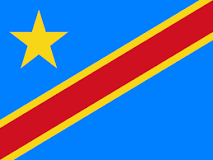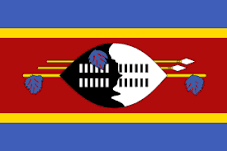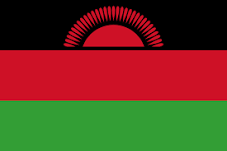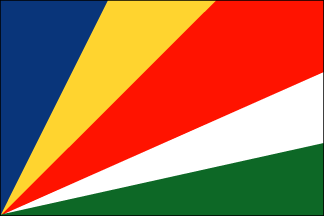Botswana

Botswana is a completely landlocked country in the centre of Southern Africa. One of Southern Africa’s longest rivers, the Okavango, flows into the north-western part of the country, forming the UNESCO World Heritage Site Okavango Delta. Botswana shares borders with South Africa, Namibia, Zambia and Zimbabwe.
The country covers an area of about 582,000 sq.km² and is relatively flat, at roughly 900 metres above sea level, with gentle undulations and occasional rocky outcrops. The Kalahari Desert occupies more than 70 % of the country, with valleys and pans etched across the landscape. The eastern part of Botswana contains the highest (1,500 metres) and the lowest (500 metres) points of elevation, with hills and deep valleys, whereas the flat vast western portion of the country is semi-arid with rocky outcrops.
Due to low, unreliable and unevenly distributed rainfall, surface water is scarce and most rivers are ephemeral. Agricultural activities in most areas are extensive livestock rearing, especially cattle. Only in the eastern parts of the country, where the largest settlements are located is mixed farming practiced.
Agricultural production in Botswana is dualistic in nature with commercial and communal/traditional production systems used in both crops and livestock. The distinction between the two production systems is based on land tenure and the use of modern technology and modern inputs. Farmers who are more integrated with the market and use modern commercial farming systems, generally have higher farm productivity. In the commercial sector, farms are fenced with defined property rights (freehold or leasehold land) to grazing resources and ploughing land. In the communal sector, the farms (especially cattle farms are not fenced) and there are no defined property rights to grazing resources (tribal land tenure system). Although the agricultural sector’s contribution to gross domestic product (GDP) has fallen from about 40% at independence to about 3.0% following the discovery of minerals, particularly diamonds. However, the role of the agricultural sector is still important as a source of livelihood for the majority of the population living in the rural areas.
























































